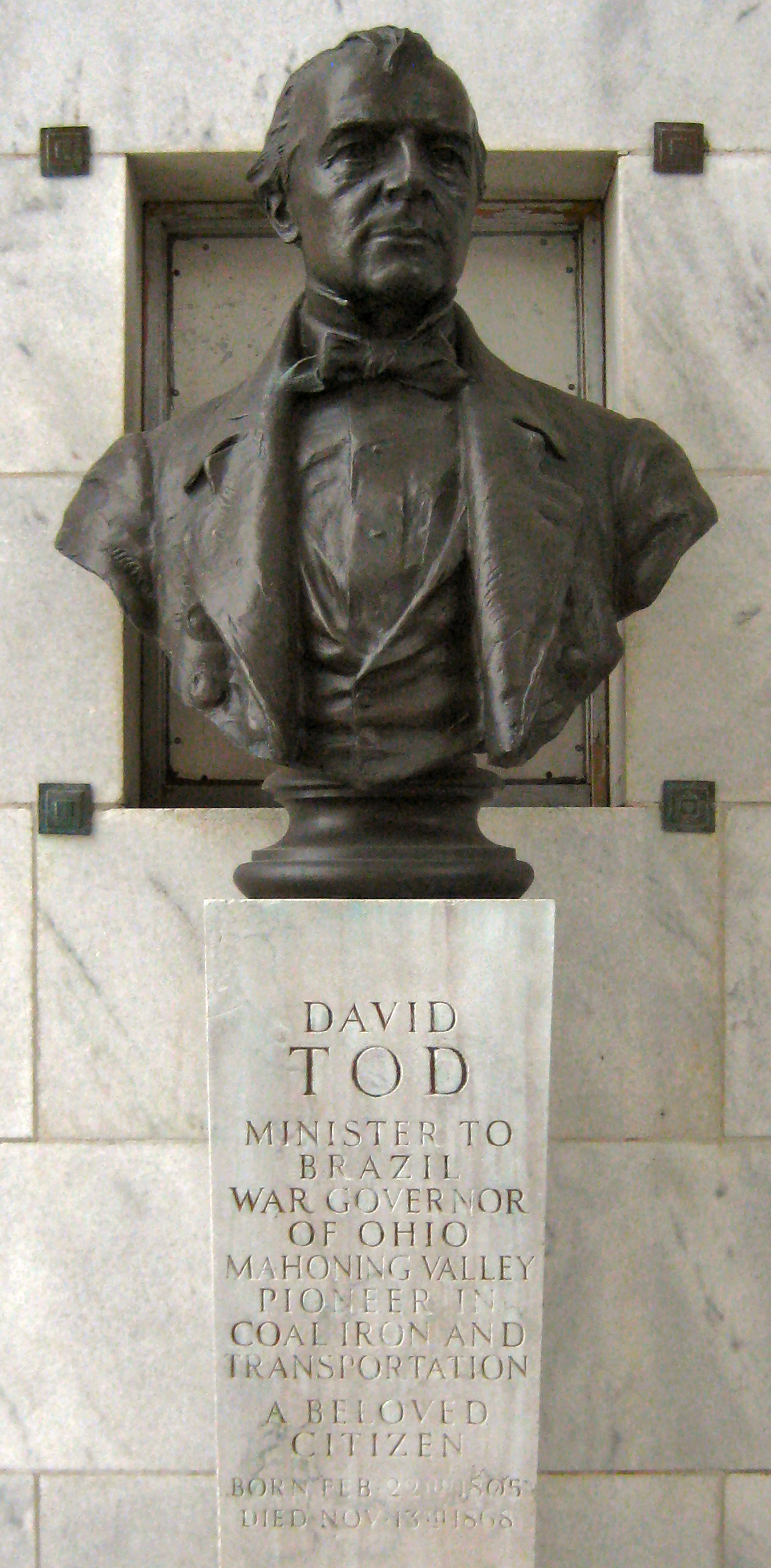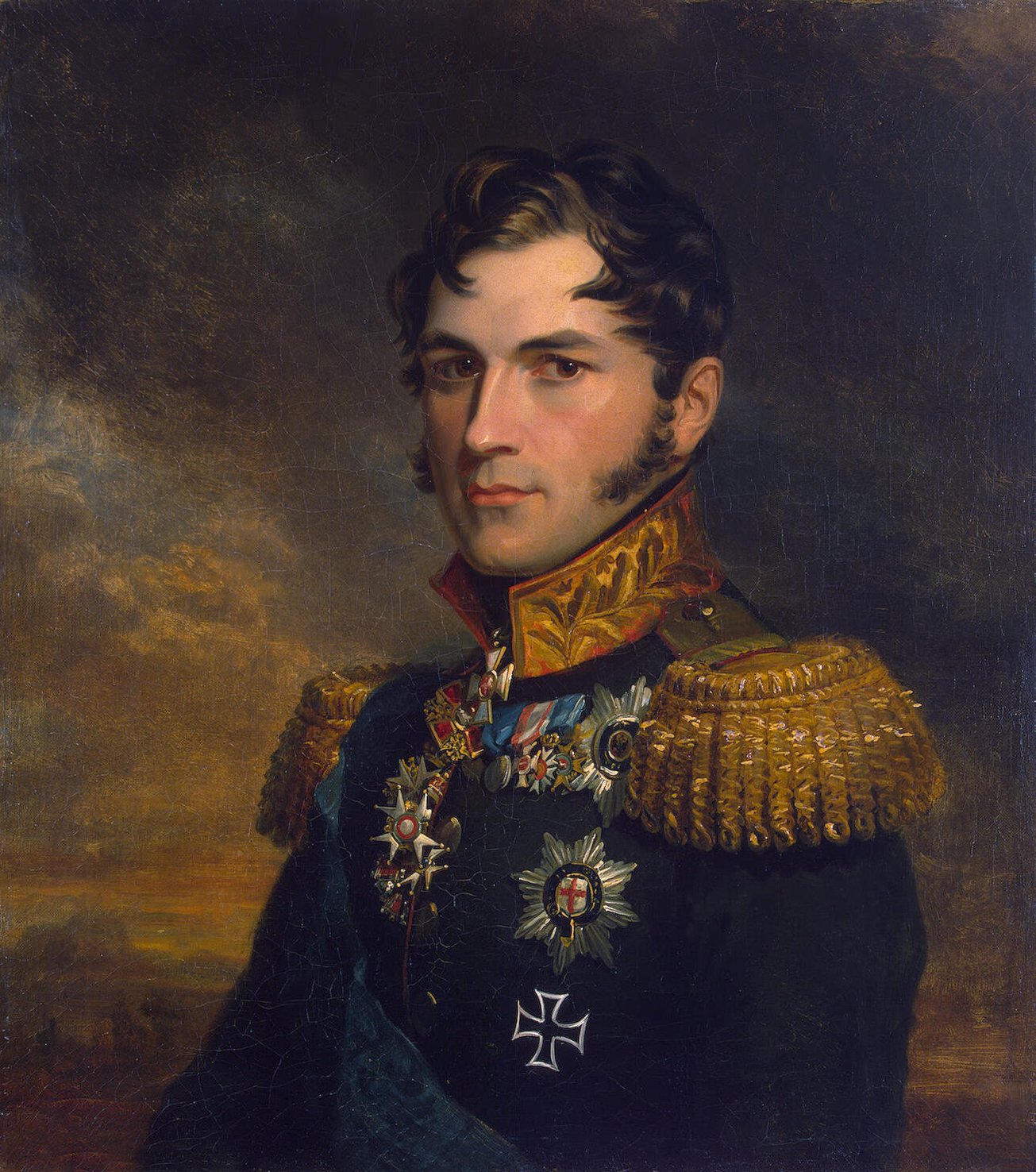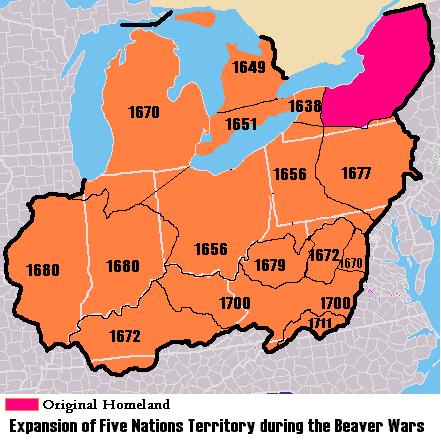|
Lyman R. Critchfield
Lyman R. Critchfield (May 22, 1831 – November 28, 1917) was a Democratic politician from the state of Ohio. He was Ohio Attorney General from 1863 to 1865. Lyman R. Critchfield was born May 22, 1831, at Danville, Knox County, Ohio. His family moved to Millersburg, Holmes County, Ohio, in 1834. He attended public schools and graduated from Ohio Wesleyan University. Powell 1913 : 124–125 He then studied law and was admitted to the bar in 1853, when he began practicing in Millersburg. He was elected Prosecuting Attorney of Holmes County in 1859 and re-elected in 1861. He resigned in 1862 when elected as State Attorney General. In 1862 Critchfield was nominated by the Democratic Party for Attorney General, and defeated Republican Chauncey N. Olds in the general election. In 1864, he ran again and was defeated by Republican William P. Richardson. Smith 1898 : 150 ,188 In 1868 he lost the election for Ohio's 14th congressional district to Martin Welker. In 1887, he was n ... [...More Info...] [...Related Items...] OR: [Wikipedia] [Google] [Baidu] |
David Tod
David Tod (February 21, 1805 – November 13, 1868) was an American politician and industrialist from the U.S. state of Ohio. As the 25th governor of Ohio, Tod gained recognition for his forceful and energetic leadership during the American Civil War. A Democrat who supported the war effort, Tod helped to maintain a fragile alliance between the state's Republicans and War Democrats and took steps to secure Ohio's borders. In 1863, the state's pro-Union party failed to nominate Tod for a second term because of his tepid support for the abolition of slavery and his unpopularity among the state's myriad political factions. After completing his two-year term as Ohio governor, Tod turned down an invitation to serve in the government of President Abraham Lincoln as Secretary of the Treasury, citing poor health. Tod died of a stroke in 1868, three years after the end of the war and was interred in Oak Hill Cemetery (Youngstown, Ohio). Early life Tod was born in Youngstown, Ohio, to ... [...More Info...] [...Related Items...] OR: [Wikipedia] [Google] [Baidu] |
Martin Welker
Martin Welker (April 25, 1819 – March 15, 1902) was a United States representative from Ohio for three terms from 1865 to 1871 and a United States district judge of the United States District Court for the Northern District of Ohio from 1873 to 1889. Education and career Welker was born on April 25, 1819, in Knox County, Ohio. His father was an immigrant from the German Confederation and an early European pioneer in Ohio. Welker left the family farm at the age of 14 to take a job as a clerk in a store in Millersburg, Ohio. Smith 1898 Volume I : 76 He attended the common schools and read law in 1840. He was admitted to the bar and entered private practice in Millersburg from 1840 to 1846. He was clerk of the Holmes County, Ohio, Court of Common Pleas from 1846 to 1851. In 1848, Welker was the Whig nominee for the 31st United States Congress, but lost in the largely Democratic district. Smith 1898 Volume II : 329 In 1850, he again was offered the nomination, but declined it. H ... [...More Info...] [...Related Items...] OR: [Wikipedia] [Google] [Baidu] |
1831 Births
Events January–March * January 1 – William Lloyd Garrison begins publishing ''The Liberator'', an anti- slavery newspaper, in Boston, Massachusetts. * January 10 – Japanese department store, Takashimaya in Kyoto established. * February–March – Revolts in Modena, Parma and the Papal States are put down by Austrian troops. * February 2 – Pope Gregory XVI succeeds Pope Pius VIII, as the 254th pope. * February 5 – Dutch naval lieutenant Jan van Speyk blows up his own gunboat in Antwerp rather than strike his colours on the demand of supporters of the Belgian Revolution. * February 7 – The Belgian Constitution of 1831 is approved by the National Congress. * February 8 - Aimé Bonpland leaves Paraguay. * February 14 – Battle of Debre Abbay: Ras Marye of Yejju marches into Tigray, and defeats and kills the warlord Sabagadis. * February 25 – Battle of Olszynka Grochowska (Grochów): Polish rebel force ... [...More Info...] [...Related Items...] OR: [Wikipedia] [Google] [Baidu] |
Ohio Attorneys General
Ohio () is a state in the Midwestern region of the United States. Of the fifty U.S. states, it is the 34th-largest by area, and with a population of nearly 11.8 million, is the seventh-most populous and tenth-most densely populated. The state's capital and largest city is Columbus, with the Columbus metro area, Greater Cincinnati, and Greater Cleveland being the largest metropolitan areas. Ohio is bordered by Lake Erie to the north, Pennsylvania to the east, West Virginia to the southeast, Kentucky to the southwest, Indiana to the west, and Michigan to the northwest. Ohio is historically known as the "Buckeye State" after its Ohio buckeye trees, and Ohioans are also known as "Buckeyes". Its state flag is the only non-rectangular flag of all the U.S. states. Ohio takes its name from the Ohio River, which in turn originated from the Seneca word ''ohiːyo'', meaning "good river", "great river", or "large creek". The state arose from the lands west of the Appalachian Moun ... [...More Info...] [...Related Items...] OR: [Wikipedia] [Google] [Baidu] |
Ohio Lawyers
Ohio () is a state in the Midwestern region of the United States. Of the fifty U.S. states, it is the 34th-largest by area, and with a population of nearly 11.8 million, is the seventh-most populous and tenth-most densely populated. The state's capital and largest city is Columbus, with the Columbus metro area, Greater Cincinnati, and Greater Cleveland being the largest metropolitan areas. Ohio is bordered by Lake Erie to the north, Pennsylvania to the east, West Virginia to the southeast, Kentucky to the southwest, Indiana to the west, and Michigan to the northwest. Ohio is historically known as the "Buckeye State" after its Ohio buckeye trees, and Ohioans are also known as "Buckeyes". Its state flag is the only non-rectangular flag of all the U.S. states. Ohio takes its name from the Ohio River, which in turn originated from the Seneca word ''ohiːyo'', meaning "good river", "great river", or "large creek". The state arose from the lands west of the Appalachian M ... [...More Info...] [...Related Items...] OR: [Wikipedia] [Google] [Baidu] |
Ohio Democrats
Ohio () is a state in the Midwestern region of the United States. Of the fifty U.S. states, it is the 34th-largest by area, and with a population of nearly 11.8 million, is the seventh-most populous and tenth-most densely populated. The state's capital and largest city is Columbus, with the Columbus metro area, Greater Cincinnati, and Greater Cleveland being the largest metropolitan areas. Ohio is bordered by Lake Erie to the north, Pennsylvania to the east, West Virginia to the southeast, Kentucky to the southwest, Indiana to the west, and Michigan to the northwest. Ohio is historically known as the "Buckeye State" after its Ohio buckeye trees, and Ohioans are also known as "Buckeyes". Its state flag is the only non-rectangular flag of all the U.S. states. Ohio takes its name from the Ohio River, which in turn originated from the Seneca word ''ohiːyo'', meaning "good river", "great river", or "large creek". The state arose from the lands west of the Appalachian Moun ... [...More Info...] [...Related Items...] OR: [Wikipedia] [Google] [Baidu] |
People From Wooster, Ohio
A person ( : people) is a being that has certain capacities or attributes such as reason, morality, consciousness or self-consciousness, and being a part of a culturally established form of social relations such as kinship, ownership of property, or legal responsibility. The defining features of personhood and, consequently, what makes a person count as a person, differ widely among cultures and contexts. In addition to the question of personhood, of what makes a being count as a person to begin with, there are further questions about personal identity and self: both about what makes any particular person that particular person instead of another, and about what makes a person at one time the same person as they were or will be at another time despite any intervening changes. The plural form " people" is often used to refer to an entire nation or ethnic group (as in "a people"), and this was the original meaning of the word; it subsequently acquired its use as a plural ... [...More Info...] [...Related Items...] OR: [Wikipedia] [Google] [Baidu] |
People From Millersburg, Ohio
A person ( : people) is a being that has certain capacities or attributes such as reason, morality, consciousness or self-consciousness, and being a part of a culturally established form of social relations such as kinship, ownership of property, or legal responsibility. The defining features of personhood and, consequently, what makes a person count as a person, differ widely among cultures and contexts. In addition to the question of personhood, of what makes a being count as a person to begin with, there are further questions about personal identity and self: both about what makes any particular person that particular person instead of another, and about what makes a person at one time the same person as they were or will be at another time despite any intervening changes. The plural form "people" is often used to refer to an entire nation or ethnic group (as in "a people"), and this was the original meaning of the word; it subsequently acquired its use as a plural form of ... [...More Info...] [...Related Items...] OR: [Wikipedia] [Google] [Baidu] |
Wooster, Ohio
Wooster ( ) is a city in the U.S. state of Ohio and the county seat of Wayne County. Located in northeastern Ohio, the city lies approximately south-southwest of Cleveland, southwest of Akron and west of Canton. The population was 27,232 at the 2020 census. The city is the largest in Wayne County, and the center of the Wooster micropolitan area (as defined by the United States Census Bureau). Wooster has the main branch and administrative offices of the Wayne County Public Library, and is home to the private College of Wooster. '' fDi magazine'' ranked Wooster among North America's top 10 micro cities for business friendliness and strategy in 2013. History Wooster was established in 1808 by John Bever, William Henry, and Joseph Larwill and named after David Wooster, a general in the American Revolutionary War. Geography According to the United States Census Bureau, the city has a total area of , of which, is land and is water. Geology The local bedrock consists of t ... [...More Info...] [...Related Items...] OR: [Wikipedia] [Google] [Baidu] |
Methodist Episcopal
The Methodist Episcopal Church (MEC) was the oldest and largest Methodist denomination in the United States from its founding in 1784 until 1939. It was also the first religious denomination in the US to organize itself on a national basis. In 1939, the MEC reunited with two breakaway Methodist denominations (the Methodist Protestant Church and the Methodist Episcopal Church, South) to form the Methodist Church. In 1968, the Methodist Church merged with the Evangelical United Brethren Church to form the United Methodist Church. The MEC's origins lie in the First Great Awakening when Methodism emerged as an evangelical revival movement within the Church of England that stressed the necessity of being born again and the possibility of attaining Christian perfection. By the 1760s, Methodism had spread to the Thirteen Colonies, and Methodist societies were formed under the oversight of John Wesley. As in England, American Methodists remained affiliated with the Church of Englan ... [...More Info...] [...Related Items...] OR: [Wikipedia] [Google] [Baidu] |
Freemasonry
Freemasonry or Masonry refers to fraternal organisations that trace their origins to the local guilds of stonemasons that, from the end of the 13th century, regulated the qualifications of stonemasons and their interaction with authorities and clients. Modern Freemasonry broadly consists of two main recognition groups: * Regular Freemasonry insists that a volume of scripture be open in a working lodge, that every member profess belief in a Supreme Being, that no women be admitted, and that the discussion of religion and politics be banned. * Continental Freemasonry consists of the jurisdictions that have removed some, or all, of these restrictions. The basic, local organisational unit of Freemasonry is the Lodge. These private Lodges are usually supervised at the regional level (usually coterminous with a state, province, or national border) by a Grand Lodge or Grand Orient. There is no international, worldwide Grand Lodge that supervises all of Freemasonry; each Grand ... [...More Info...] [...Related Items...] OR: [Wikipedia] [Google] [Baidu] |





_1938.jpg)

_(14598130197).jpg)